
Source: BRENDA MICHELLE on Flickr
When you think of braces, you may think of months to years of a mouth full of metal, but just like all other technologies, the technology of straightening teeth has advanced in recent years. There are lots of options for braces these days, some of which you might not even call braces.
For example, invisible braces systems (like Invisalign®) use clear aligner trays to gently coax your teeth into position. These types of aligners can be removed temporarily to eat, so there are fewer restrictions on the foods you can enjoy when using clear aligners to get straighter smile.
There are also lingual braces, which are essentially invisible because they are on the backside of your teeth (near your tongue). Lingual braces are a great option for those who want to straighten their teeth without appearing to have braces. However, because lingual braces are very customized, they may cost more than traditional braces that go on the front of your teeth.
Clear or white braces are another option that can straighten your teeth nearly invisibly. Clear braces use clear or white brackets instead of metal ones, so your braces are not as obvious. From a distance, people may not notice your braces at all.
You can complete your braces treatment more quickly by choosing one of the fast or quick braces technologies. These braces systems use innovative new versions of orthodontic technology to move teeth more quickly, or only move a few teeth at a time, so you can have a straight, aligned smile in as little as three to six months, as opposed to the typical 12 to 18 months with regular braces.
And then there are traditional metal braces with metal brackets. While not the most aesthetically pleasing, traditional braces have a unique advantage over all the other types of tooth straightening technology: they can be used to treat nearly any orthodontic problem. Not everyone’s teeth can be helped by the clear, fast or invisible options mentioned above. Ultimately, a dozen or so months wearing braces is worth it for a new straight smile that will last for years to come.
There is no one-size-fits-all treatment when it comes to braces. There are lots of elements to consider when choosing an option for braces, including time, cost, appearance, & what needs to be fixed (overbite, underbite, crossbite, etc.). Your dentist & your orthodontist can discuss the options with you & help you choose a treatment plan that fits your needs & desires.

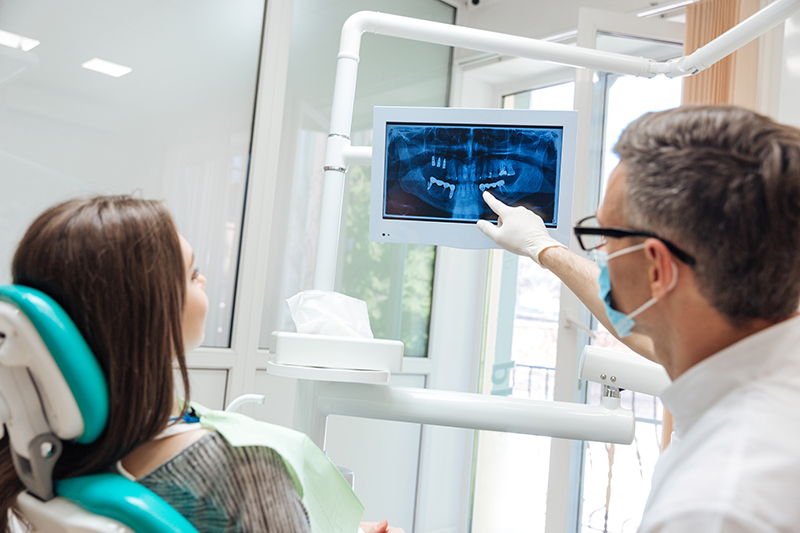 Cavities, or tooth decay, is a fairly common dental ailment, particularly in children or young adults. Even though most of our patients are familiar with what cavities are, we find that many are still surprised when we tell them they have a cavity! That’s because many cavities, especially early on, do not cause
Cavities, or tooth decay, is a fairly common dental ailment, particularly in children or young adults. Even though most of our patients are familiar with what cavities are, we find that many are still surprised when we tell them they have a cavity! That’s because many cavities, especially early on, do not cause 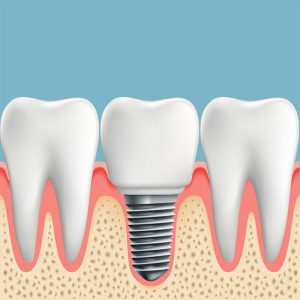 Dental implants are the latest & greatest in dental technology that allows dentist to replace missing teeth permanently. You may know that implants can replace teeth & are used in complete smile reconstructions & makeovers. But you may also not be sure exactly what
Dental implants are the latest & greatest in dental technology that allows dentist to replace missing teeth permanently. You may know that implants can replace teeth & are used in complete smile reconstructions & makeovers. But you may also not be sure exactly what  When most of a us thinking of a teeth cleaning appointment, we think of polishing & maybe a little scraping. But the truth is that teeth cleaning appointments are about so much more than clean, shiny teeth!
When most of a us thinking of a teeth cleaning appointment, we think of polishing & maybe a little scraping. But the truth is that teeth cleaning appointments are about so much more than clean, shiny teeth!



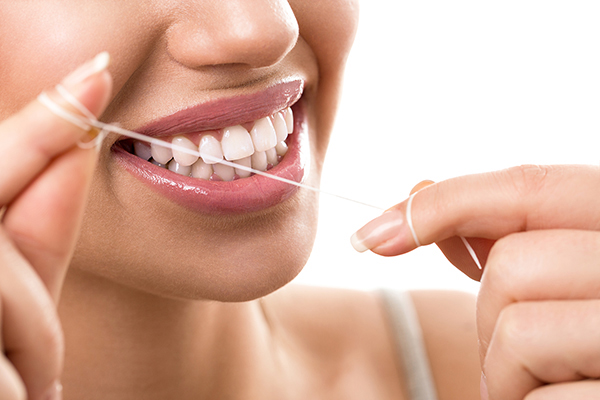 As dental professionals we often feel like a broken record (or a scratched CD, depending on your generation) telling patients that they need to floss more. We don’t mean to be nags, we just want you to have the healthiest, happiest smile possible!
As dental professionals we often feel like a broken record (or a scratched CD, depending on your generation) telling patients that they need to floss more. We don’t mean to be nags, we just want you to have the healthiest, happiest smile possible!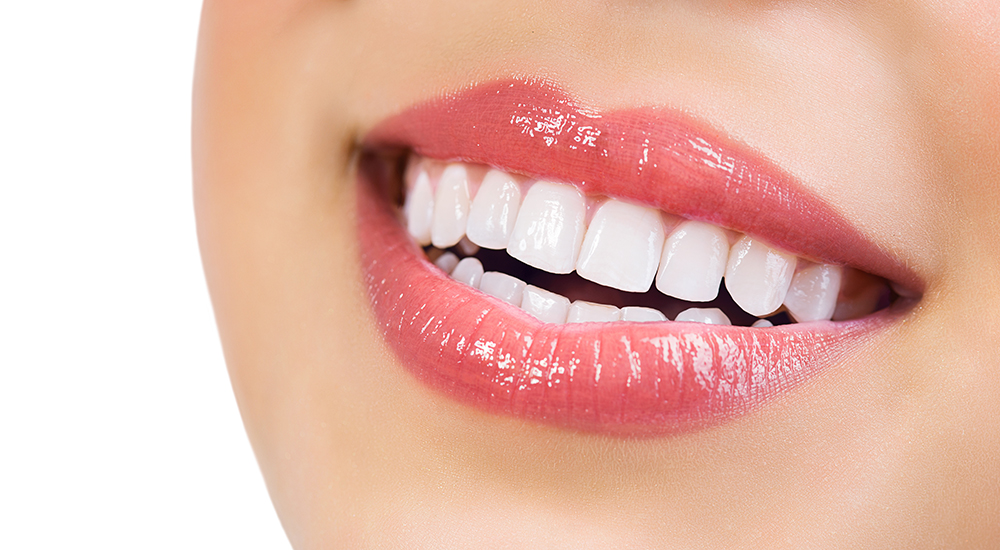 Over time, plaque (a thick, bacteria-filled film) and tartar (a hard calcium-based build-up) can build up on your teeth. While regular brushing & flossing at home can help prevent this buildup, it can’t necessarily remove it. That’s why going to your
Over time, plaque (a thick, bacteria-filled film) and tartar (a hard calcium-based build-up) can build up on your teeth. While regular brushing & flossing at home can help prevent this buildup, it can’t necessarily remove it. That’s why going to your  With today’s modern sedation techniques & better understanding of the causes & solutions for dental phobia, there is no reason to fear the dentist. As dentists, the thing we fear the most is our patients being in pain or experiencing other challenges due to not visiting the dentist for checkups & treatment. Dentists & dental professionals are caring & compassionate people who got into dentistry to help others. Our primary goal is always your health & comfort, so if you experience dental phobia or fear, we will do everything we can to make visits to the
With today’s modern sedation techniques & better understanding of the causes & solutions for dental phobia, there is no reason to fear the dentist. As dentists, the thing we fear the most is our patients being in pain or experiencing other challenges due to not visiting the dentist for checkups & treatment. Dentists & dental professionals are caring & compassionate people who got into dentistry to help others. Our primary goal is always your health & comfort, so if you experience dental phobia or fear, we will do everything we can to make visits to the  Everyone knows about cavities & how they affect your teeth and your oral health, but you never hear very much about gum disease. What is gum disease? How can you protect your gums and teeth from gum disease? And what causes it anyway?
Everyone knows about cavities & how they affect your teeth and your oral health, but you never hear very much about gum disease. What is gum disease? How can you protect your gums and teeth from gum disease? And what causes it anyway?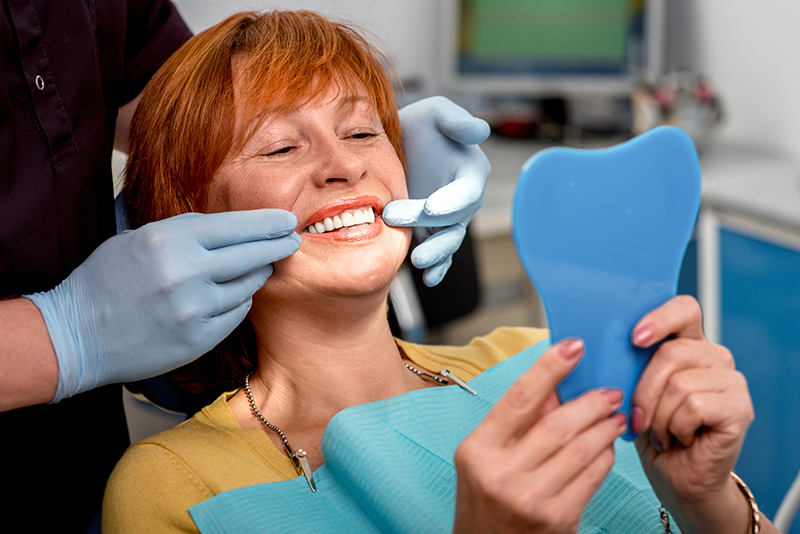 Whether you’ve lost teeth to decay, periodontal disease or an accident, we know that having a missing tooth can be embarrassing, inconvenient & often very uncomfortable. Luckily, there are many options for restoring your teeth, but with so many options, there is also some confusion. In this post we’re going to break down the choice between dentures &
Whether you’ve lost teeth to decay, periodontal disease or an accident, we know that having a missing tooth can be embarrassing, inconvenient & often very uncomfortable. Luckily, there are many options for restoring your teeth, but with so many options, there is also some confusion. In this post we’re going to break down the choice between dentures &